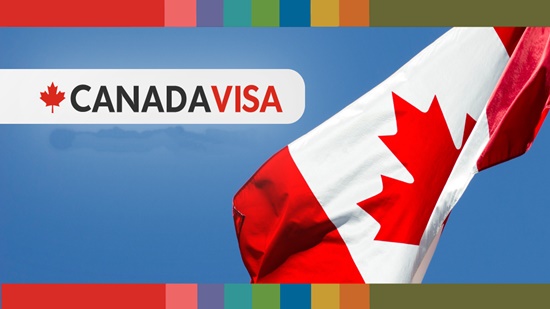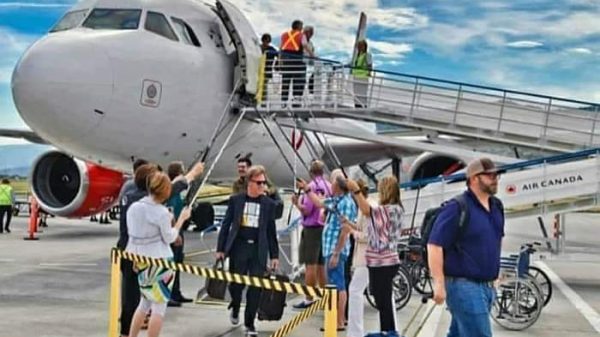SS3 Second Term Economics Past Questions And Answers
20 Senior Secondary School 3 Second Term Economics Questions with options and answers:
Question: What is the role of the central bank in controlling inflation?
a) Increasing interest rates
b) Decreasing interest rates
c) Printing more money
d) Reducing taxes
Answer: a) Increasing interest rates
Question: In the circular flow of income model, what represents the flow of goods and services?
a) Money
b) Resources
c) Factors of production
d) Real sector
Answer: c) Factors of production
Question: What is the purpose of a production possibility curve?
a) To illustrate the law of demand
b) To show the trade-off between two goods
c) To explain the law of supply
d) To depict the elasticity of demand
Answer: b) To show the trade-off between two goods
Question: What is a regressive tax?
a) A tax that increases with income
b) A tax that decreases with income
c) A tax that is the same for everyone
d) A tax that affects low-income earners more
Answer: d) A tax that affects low-income earners more
Question: Which market structure is characterized by a few large firms dominating the industry?
a) Perfect competition
b) Monopoly
c) Oligopoly
d) Monopolistic competition
Answer: c) Oligopoly
Question: What is the difference between explicit and implicit costs?
a) Explicit costs involve actual monetary payments, while implicit costs do not
b) Implicit costs are always higher than explicit costs
c) Explicit costs only occur in the short run
d) Implicit costs are not considered in economic analysis
Answer: a) Explicit costs involve actual monetary payments, while implicit costs do not
Question: What is the main goal of monetary policy?
a) Controlling inflation
b) Reducing unemployment
c) Regulating taxes
d) Managing government expenditure
Answer: a) Controlling inflation
Question: What is a progressive tax?
a) A tax that decreases with income
b) A tax that is the same for everyone
c) A tax that increases with income
d) A tax that is unrelated to income
Answer: c) A tax that increases with income
Question: In the context of international trade, what is protectionism?
a) Promoting free trade
b) Encouraging exports
c) Restricting imports to protect domestic industries
d) Adopting a fixed exchange rate
Answer: c) Restricting imports to protect domestic industries
Question: What is the difference between positive and normative economics?
a) Positive economics deals with facts, while normative economics involves value judgments
b) Positive economics focuses on long-term trends, while normative economics analyzes short-term fluctuations
c) Positive economics is subjective, while normative economics is objective
d) Positive economics evaluates economic policies, while normative economics studies economic theories
Answer: a) Positive economics deals with facts, while normative economics involves value judgments
Question: Which of the following is a characteristic of a mixed economy?
a) Limited government intervention
b) Market forces determine all economic decisions
c) Both private and public sectors play a role in the economy
d) Government controls all means of production
Answer: c) Both private and public sectors play a role in the economy
Question: What is the multiplier effect in economics?
a) The impact of government spending on aggregate demand
b) The tendency of prices to multiply during inflation
c) The ripple effect of an initial change in spending on overall economic activity
d) The effect of interest rates on investment
Answer: c) The ripple effect of an initial change in spending on overall economic activity
Question: What is the difference between a trade deficit and a trade surplus?
a) Both represent a surplus of exports over imports
b) A trade deficit occurs when imports exceed exports, while a trade surplus occurs when exports exceed imports
c) A trade surplus occurs when imports exceed exports, while a trade deficit occurs when exports exceed imports
d) Both represent a deficit of exports over imports
Answer: b) A trade deficit occurs when imports exceed exports, while a trade surplus occurs when exports exceed imports
Question: Which economic indicator is used to measure the average prices of a basket of goods and services?
a) Consumer Price Index (CPI)
b) Gross Domestic Product (GDP)
c) Unemployment rate
d) Producer Price Index (PPI)
Answer: a) Consumer Price Index (CPI)
Question: What is the role of the International Monetary Fund (IMF) in the global economy?
a) Regulating national interest rates
b) Facilitating international trade agreements
c) Providing financial assistance to countries facing balance of payments problems
d) Controlling inflation in developing countries
Answer: c) Providing financial assistance to countries facing balance of payments problems
Question: Define the term “elasticity of supply.”
a) Responsiveness of quantity supplied to changes in price
b) Total quantity supplied
c) Inelasticity of demand
d) Government intervention in production
Answer: a) Responsiveness of quantity supplied to changes in price
Question: What is the role of the World Bank in the global economy?
a) Enforcing international trade agreements
b) Providing long-term loans for economic development projects in developing countries
c) Regulating exchange rates
d) Controlling inflation in developed countries
Answer: b) Providing long-term loans for economic development projects in developing countries
Question: How does globalization impact economies?
a) It increases economic self-sufficiency
b) It decreases international trade
c) It fosters economic interdependence among countries
d) It promotes isolationism
Answer: c) It fosters economic interdependence among countries
Question: What is the role of entrepreneurship in economic development?
a) It increases government control
b) It hinders innovation
c) It fosters job creation and innovation
d) It leads to economic stagnation
Answer: c) It fosters job creation and innovation
Question: Define fiscal policy and provide an example.
a) Fiscal policy involves the control of money supply by the central bank; an example is setting interest rates.
b) Fiscal policy is the use of government spending and taxation to influence the economy; an example is increasing public spending during a recession.
c) Fiscal policy refers to international trade agreements; an example is imposing tariffs on imports.
d) Fiscal policy is the regulation of prices in the market; an example is implementing price ceilings.
Answer: b) Fiscal policy is the use.




